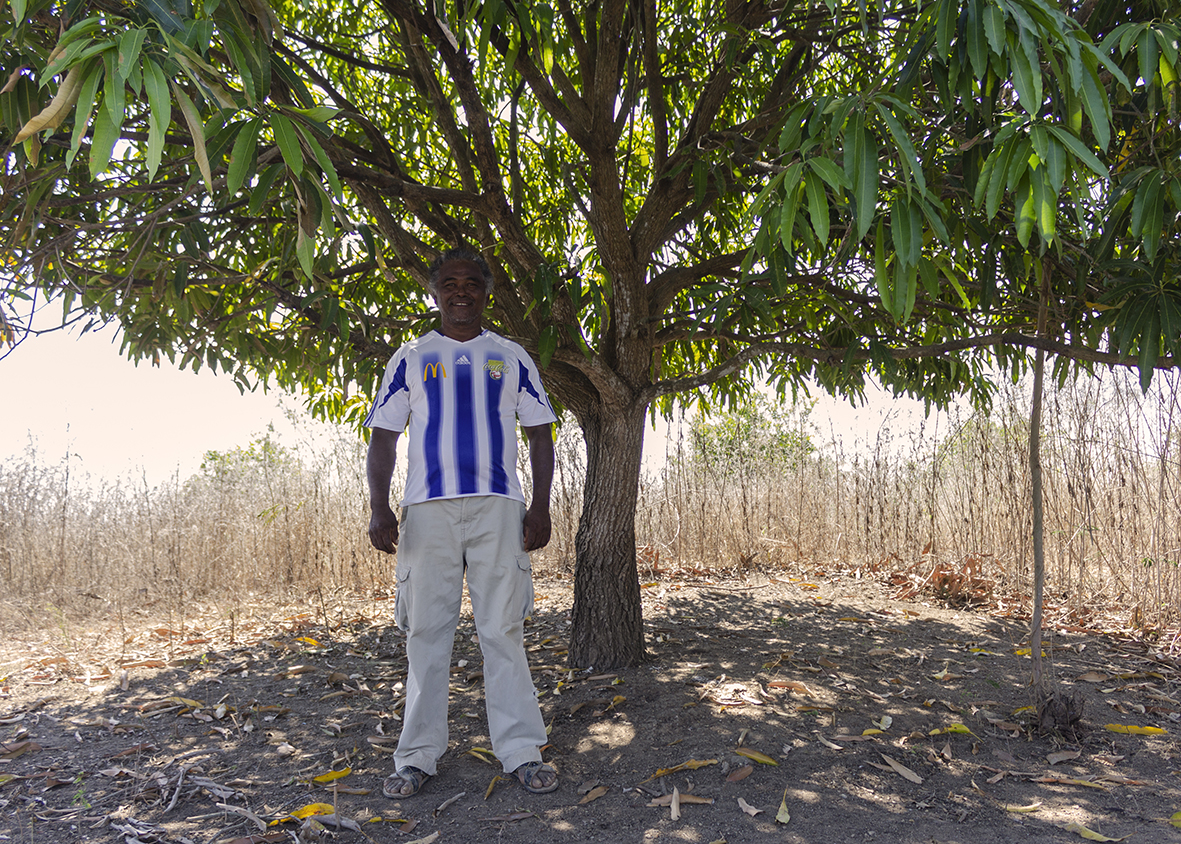By Janel Martinez, Aint I Latina [@aintilatina]
“While the 50th anniversary is supposed to be a celebration of the museum, the latest exhibition has only placed El Museo under further scrutiny. Though the institution states that it remains dedicated to Latinx and Latin American artists, some don’t believe it reflects the neighborhood where it’s located or represent Puerto Rican and other Latinx communities. As a result, many El Barrio natives and activists have spoken out about the present and future of the museum.
Less than a month before the exhibition debuted, Dr. Marta Moreno Vega, second director of El Museo, released a statement on Facebook detailing why she chose to withdraw her self portrait. In it, she mentions how El Museo is “excluding the communities it was created to serve” and “not addressing the issues that are impacting our people.”
“What has happened is that the homegrown community has been marginalized in its own institution and that’s the issue,” Moreno Vega tells me. “If you have an elitist economic vision of what art is from Latin American countries and what those people look like who hold that point of view, most of us don’t reflect that. That’s why we built El Museo to reflect who we are away from home in the urban areas that our parents forcibly came to because they couldn’t make it in colonial settings that were [prejudiced] and discriminatory in their own homes.”
Similarly, the “Mirror Manifesto,” an open letter pointing out El Museo’s missteps and the community’s demands, is pointing out how the museum tends to showcase Latin American artists instead of US-based Latinxs. The missive urges El Museo to acknowledge their concerns and implement several important changes, such as the expansion of its collection of Puerto Rican art, implementing a residency program for emerging Latinx artists, and ensuring that the Chief Curator be a Latinx art historian and Latinx curator.”
Read more @Remezcla: https://remezcla.com/features/culture/museo-del-barrio-50-years/



















